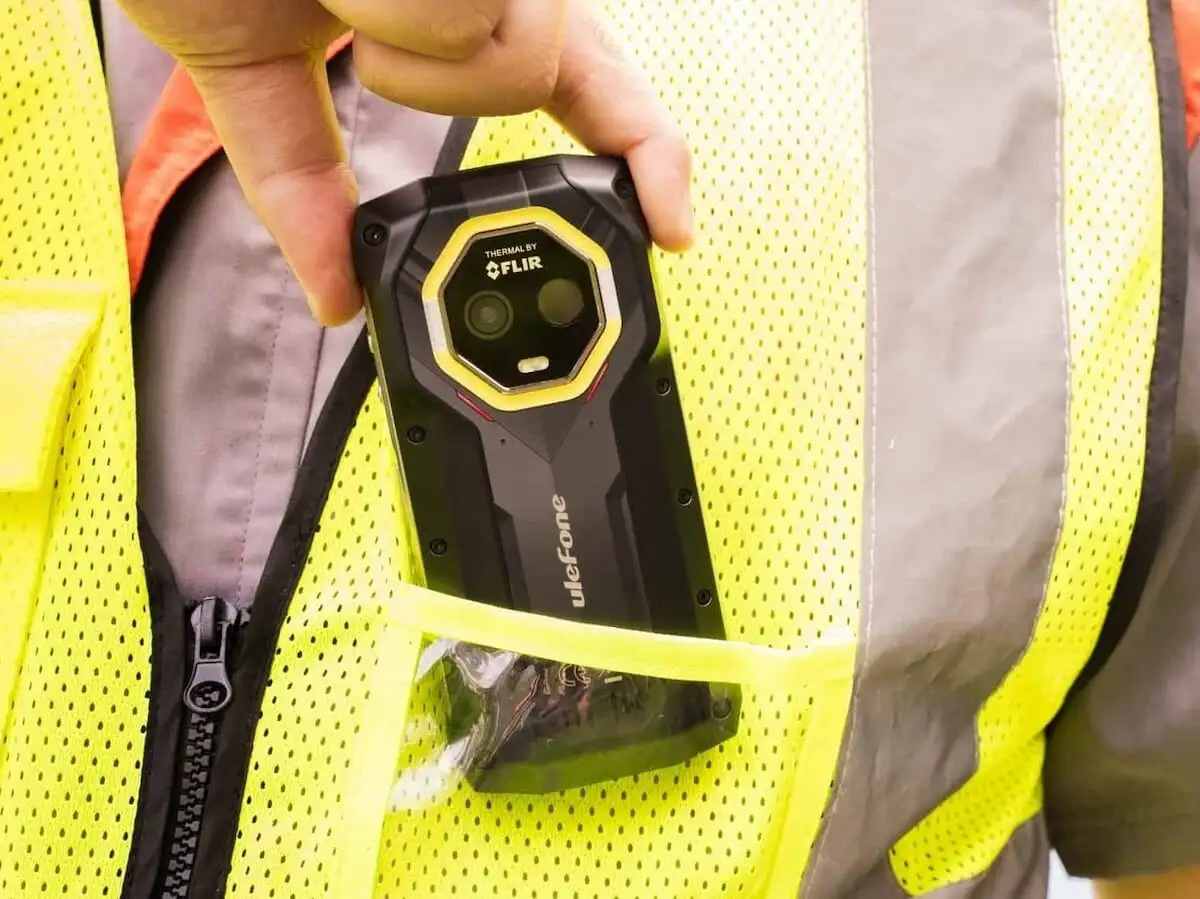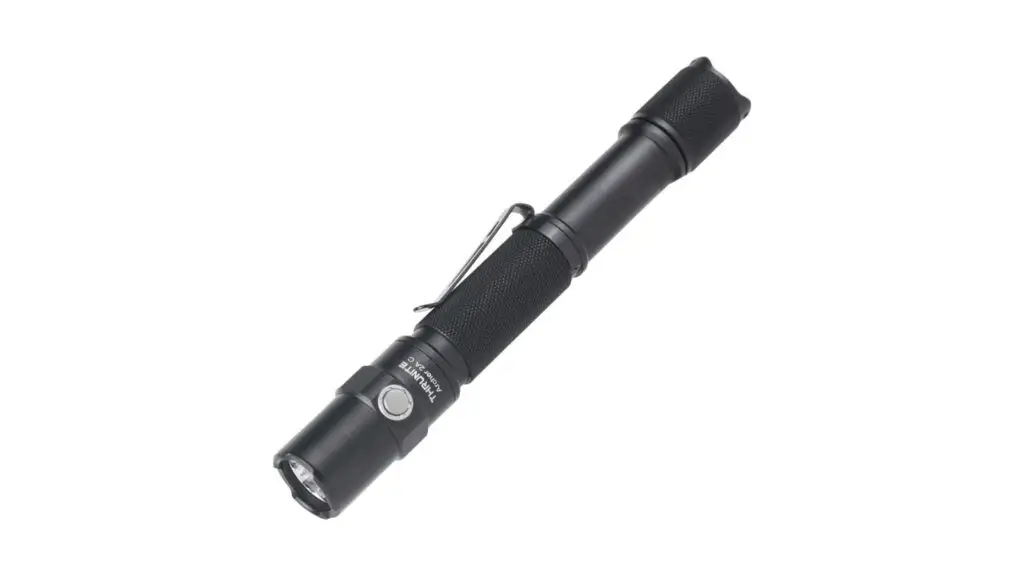There’s no doubt that the smartphone industry contributes tons of carbon released into our atmosphere. A report suggests that manufacturing one smartphone can add between 16kg to 22kg of carbon emission. Multiply that by 3,5 billion smartphones, we can get over 70 million tonnes of CO2. Not to mention other toxic chemicals involved when mining materials for the device.
The ‘unhealthy’ trend of upgrading phones every year also justify manufacturers to produce even more smartphones, therefore, more carbon and more electronic waste. Roughly 150 million phones dumped every year, and that’s in the US alone. Combined with other gadgets and smartphone accessories, the number could go even more astonishing and scary.
It’s obvious that smartphones in our hands are already damaging the environment, even before they lands in our hands. So, what we can do to minimize the impact and become more responsible to Mother Nature?
There are several tips you could follow.
#1 Always enable power saving mode to preserve power
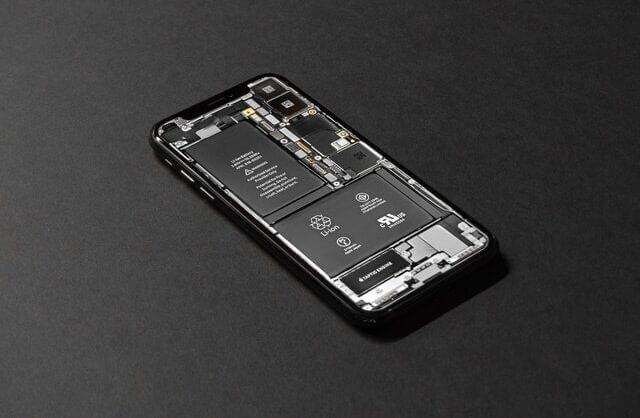
While the number may vary between countries, it’s safe to say that most of the electricity we use every day, at least in this decade comes from fossil fuels. Electric Power Research Institute estimates your average phone may cost a dollar worth of electricity to power the device annually.
That sounds rather small to take on a big challenge. However, enabling power saving mode is also a trivial thing you can do to prolong the battery life. Instead of recharging the phone every day, it only needs to be recharged every other day.
When hundreds of millions start applying this practice, there will be a noticeable drop in our overall power consumption.
#2 Need a power bank? Take the one with solar panels
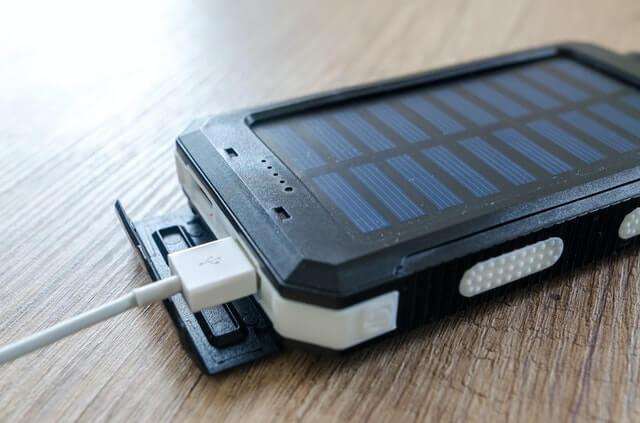
Solar panel price has dropped by order of magnitude in recent decades. Today, we can get solar panel 300 times cheaper than in 1977. Some electronic manufacturers incorporate photovoltaic panels into their power bank lineups. That way, the device can gather power from the sun while storing energy for later use.
Not only cleaner, but you can also get free energy anywhere as long as the sun shines. It may be a helpful companion for traveling or camping as you away from the grid. Surprisingly, the price of a solar power bank isn’t much different from the traditional ones.
Please keep in mind, only buy a power bank when you really need it. There’s should be no reason to buy if your phone still good enough to survive for an entire day.
#3 Choose a high-quality charging cable to reduce cable waste
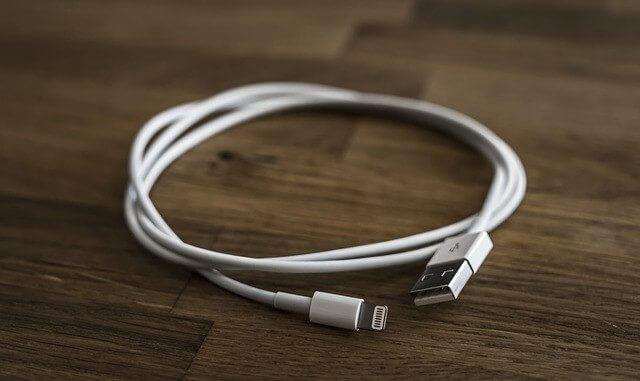
Some cheap USB cables can only last a few weeks before the quality degrades, and eventually, fast-charging become impossible. Consider purchasing a high-quality USB charging cable for long term usage. Here are some tips to spot a quality charging cable:
- Always go for branded cables
- At least one year of warranty
- Check the electric current (A) specification based on the charger
- Product with ISO 9001-2000 certification is more recommended
- Extra features, such as nylon braided, gold plated pins, durable cable, etc
Most cables like that are priced somewhere between $10 to $20. Some can go even higher, such as magnetic charging cable which in theory could reduce wear and tear damage, so it may last even longer than a regular USB cable.
#4 Keep your current phone as long as possible
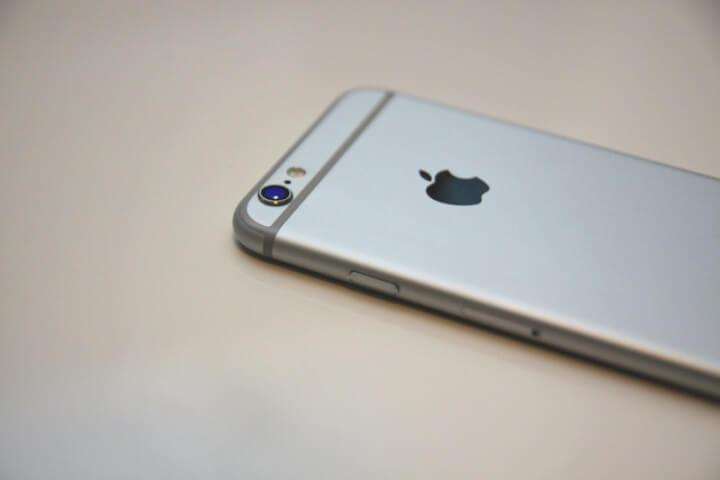
Most phones are expected to work between 2-3 years before the battery degrades and a number of components start to break. But with proper care and maintenance, your phone should be fine for about 5 years. The only thing you may need to replace is the battery, but even that only need to swap every about two years.
Never fall into the hype of in-display fingerprint, AI camera, super-fast charging, etc if you can’t find the benefit of everyday use from it. Don’t worry about missing some exciting new technologies, almost every week we are not lacking such innovation in the phone industry.
After all, the best time to get a new phone is not when the hype is high, but when you need a new one.
#5 Try to fix the phone when possible
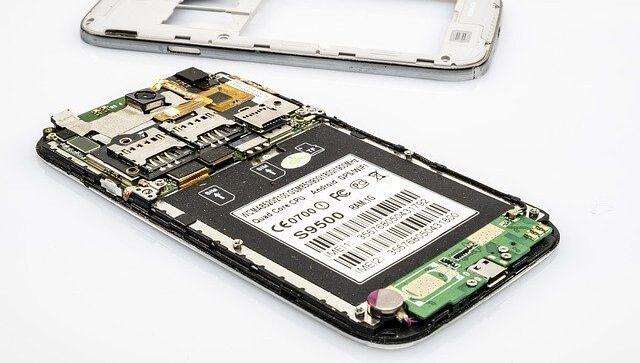
Broken home button? Just replace the button. Speakers not working? Go get a new speaker part.
If the damaged component of the phone doesn’t affect its main function, then you could try to fix it instead of replacing it. You can find a phone repair kit for $20 which not only can be put to use to repair phones, tablets, and laptops but possibly other electronic devices as well.
On top of that, there are tons of fixing tutorial videos on the internet that could teach you fixing some if not the most common problems on modern smartphones. Think of it as a new skill investment that could save you hundreds or thousands of dollars in the future.
But some phones are more complex than others. If you not sure, it best to bring it to a professional to get it corrected.
#6 Refurbished phones can be the most economical and environmentally friendly option
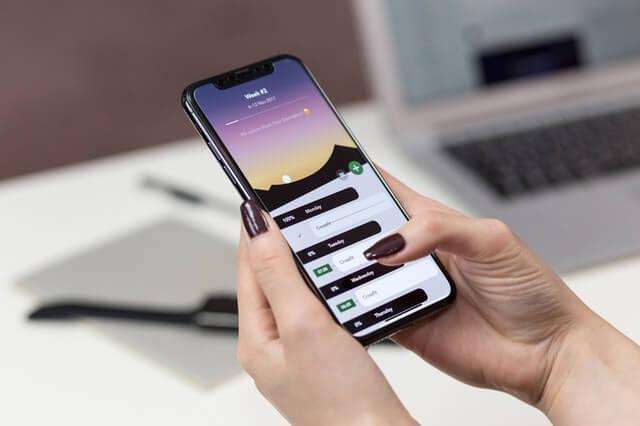
Refurbished phones are used phones that have been returned from the first owner, commonly because of defects. The manufacturer will give them a new one as a replacement, but the defective one will get its faulty hardware fixed and sold again as a refurbished item.
There is nothing wrong with that. In fact, refurbished phones are just as good as brand new phones. The first owner usually returns their defective phone within a year, depending on the warranty coverage. So, the phone still has its life left.
On the bright side, you could buy a refurbished phone for a significant discount. For example, Samsung Galaxy S10 128GB which cost $750 on the launch day is being sold for $450, and you still get a full warranty and support from the manufacturer.
#7 Choose a phone that commits to the environmental impact
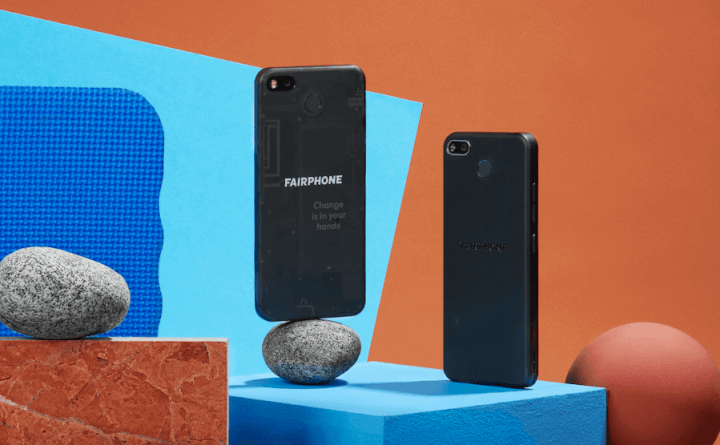
More and more companies are required to meet the standard of environmental regulation from governments. However, only a few of them that actually put the ‘environmentally-friendly’ slogan as their goal. This is a unique approach in a world where most phone manufacturers care more about specs.
One of the names I recommend is Fairphone 3. About 40% of its component was made from recycled materials. The phone also receives iFixit 10/10 rating, dubbed as the only smartphone that awarded a perfect score for repairable design. From the inside, nearly all parts can be replaced, thanks to its modular structure.
The overall specifications of this device are somewhat okay, though, for €419, the pricing might be landed among flagships. If you want to wait a bit, there’s another promising startup with the same goal without breaking the bank. Teracube with their Teracube 2e is planned to be sold at $199. They also include a 4-year warranty and easy to repair design.
As we become more aware of the waste generated from manufacturing phones, it’s safe to say that several big names will adopt this kind of practice on their lineups in the next several years. Hence, we will have more options with better specs and pricing.
Bottom line: Keep your phone with you
By the end of the day, we may never cut the waste down to zero but at least we can reduce the environmental impact by taking care of whatever phone in our hands. Other small practices like fixing a phone, enabling the power saver feature, and choosing high-quality accessories can also reduce waste during the phone’s lifetime.
I think that’s it for now. Seven or so practices to make us more responsible about how we use our everyday gadgets. What practice do you want to start from now on? Or do you have your own way? Share your ideas in the comment below!


